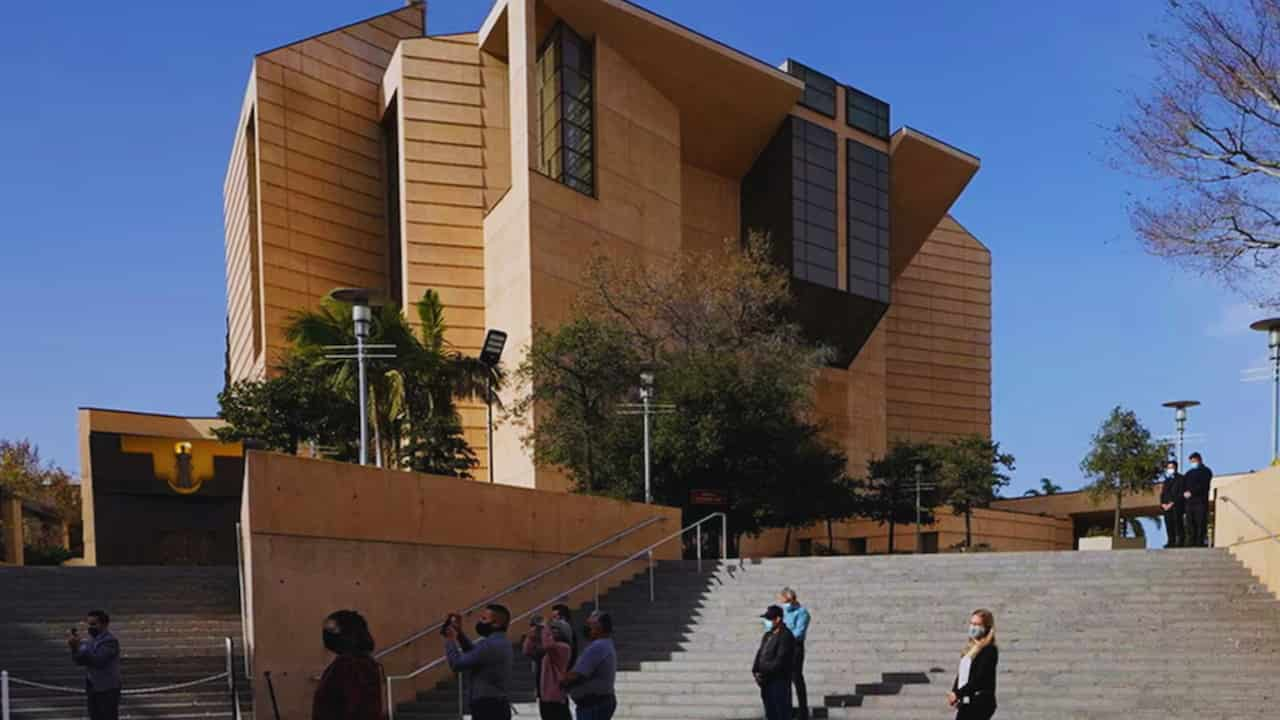Massive Payout: LA Archdiocese Shells Out $880M in Historic Abuse Settlement
In a landmark decision that’s sending shockwaves through the Catholic Church, the Archdiocese of Los Angeles has agreed to pay a staggering $880 million to settle claims of clergy sexual abuse. This eye-popping figure marks the largest single payout by a Catholic archdiocese in history, according to legal experts.
As a reporter on the ground, I’ve been following this story closely. The settlement, announced Wednesday, will benefit 1,353 individuals who say they suffered abuse at the hands of Catholic clergy, some cases dating back decades.
Archbishop José H. Gomez addressed the settlement in a somber statement. “I sincerely apologize for each and every one of these incidents,” he said. Gomez expressed hope that the payout would “provide some measure of healing” for the victims.
This massive settlement caps years of legal battles. It pushes the total amount paid by the Los Angeles Archdiocese in abuse-related cases to over $1.5 billion. That’s billions with a “B,” folks.
Let’s break down what this means:
- The archdiocese will pay $880 million to 1,353 victims.
- This averages out to about $650,000 per victim.
- The money will come from investments, loans, and other assets.
- Religious orders named in lawsuits will cover some costs.
- We won’t use donations for specific church programs.
Attorney Morgan Stewart, who led negotiations, called the settlement the largest of its kind. “These survivors have suffered for decades,” Stewart told reporters. “It was time to get this resolved.”
The payout dwarfs previous settlements. In 2007, the same archdiocese paid $660 million to 508 victims. That was the previous record.
How did we get here? A 2019 California law opened a three-year window for old abuse claims. This allowed victims to sue even if the typical time limit had passed. Many of the current cases date back decades.
“We have clients in their 60s and 70s that were never able to bring a case before,” Stewart explained.
The settlement aims to avoid bankruptcy, which has plagued other dioceses facing lawsuits. By reaching this deal, victims should receive payment faster than if the archdiocese had filed for bankruptcy protection.
Critics argue that further action is necessary. The Survivors Network of those Abused by Priests (SNAP) called for the release of all clergy files related to abuse cases. “We fear there are many more survivors out there who have not yet come forward,” said Dan McNevin, a SNAP board member.
The human cost of this scandal is immeasurable. The trauma of abuse has forever altered thousands of lives. While no amount of money can erase that pain, this settlement represents a step toward accountability.
For the church, the financial toll is enormous. The Los Angeles Archdiocese has sold property, liquidated investments, and taken out loans to cover legal costs. Archbishop Gomez maintains that the settlement will not utilize donations intended for parishes, schools, and specific programs.
This payout sends a clear message: institutions that enable or cover up abuse will face consequences. It also underscores the continuous fight for justice by survivors, many of whom have endured decades of silence.
As this story continues to unfold, key questions remain:
- Will other dioceses face similar payouts?
- How will this impact the Catholic Church’s finances and operations?
- Will more victims come forward in light of this settlement?
There is no doubt that this historic settlement will have long-lasting effects. It marks a turning point in the long and painful history of clergy abuse scandals.
For the 1,353 survivors receiving compensation, this settlement offers a measure of closure. But for many, the journey toward healing is far from over. As a society, we must continue to support victims and work to prevent such abuses from ever happening again.
This story serves as a stark reminder of the importance of accountability, transparency, and justice—even when confronting the most powerful institutions.
